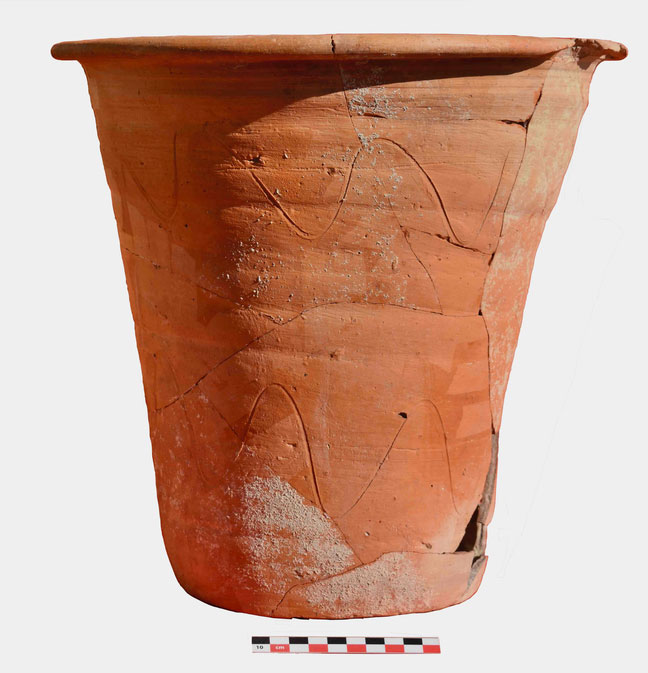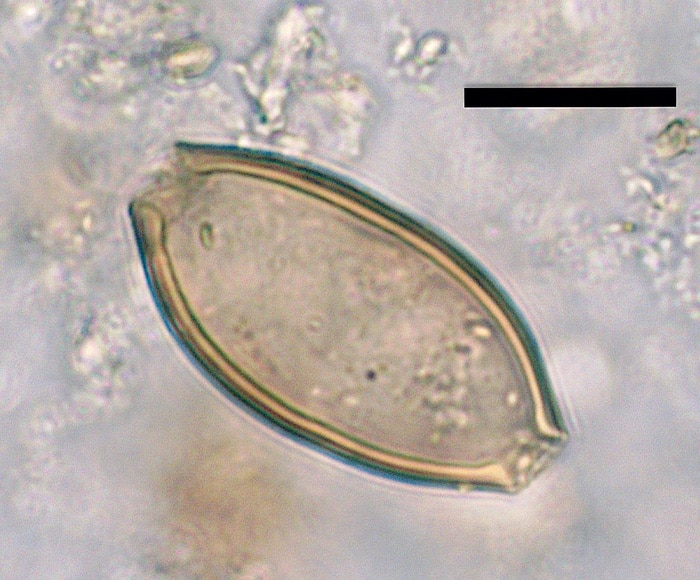Analysis Identifies Ancient Roman Chamber Pot
Storage jar or long-abandoned lavatory? That, for some reason, is the question archaeologists from the University of Cambridge, UK, and the University of British Columbia (UBC), Canada, sought to answer while studying an ancient Sicilian villa site.
Now, according to a new paper published last week in the Journal of Archaeological Science Reports, they’ve solved this smelly mystery.
As it turns out, a conical jar found at the site – found widely across the Roman empire and long thought to have stored unidentified objects or resources – was actually an ancient Roman toilet.

“Conical pots of this type have been recognised quite widely in the Roman Empire and in the absence of other evidence they have often been called storage jars,” says Roger Wilson, a professor in UBC’s Department of Classical, Near Eastern and Religious Studies, who directs the archaeological project in Sicily.
But Wilson says these pots were often found suspiciously close to public latrines, leading archaeologists to wonder exactly what treasures had been contained within.
“The discovery of many in or near public latrines had led to a suggestion that they might have been used as chamber pots, but until now proof has been lacking,” says Wilson.
To decode the pots’ long-disappeared contents, Cambridge archaeologists analysed a “crusty material” (yuck) formed on the inside surface of a pot found in the bathing complex at the site. Using microscopy, a team from the Ancient Parasite Laboratory confirmed the present of whipworm eggs – a human intestinal parasite.
“It was incredibly exciting to find the eggs of these parasitic worms 1,500 years after they’d been deposited,” says co-author Tianyi Wang, of Cambridge, who took part in the microscopy work.
Whipworms are human parasites, around five centimetres long, that live on the lining of our intestines. Their eggs would have mixed in with human faeces, and built up as residue over time with continuous use.
“We found that the parasite eggs became entrapped within the layers of minerals that formed on the pot surface, so preserving them for centuries,” says co-author Sophie Rabinow, also of the Cambridge team.
This is the first time parasite eggs have been identified from concretions inside a Roman ceramic vessel, and it confirms the Sicilian pot must have been used to contain human faeces.

Archaeologists say the 31x34cm pot could have been sat on but was more likely used in conjunction with a wickerwork or timber chair, under which the pot could be set.
The researchers say their method of parasite analysis could help unlock the stinky secrets of ceramics across the ancient Roman world.
“The findings show that parasite analysis can provide important clues for ceramic research,” says Rabinow.
Although the technique only works if the person producing the poop was infected with a common parasite, the researchers note that where parasites are endemic in the developing world, around half of all people are infected by at least one type. If Romans were as often infected, it’s likely many if not most chamber pots will be identifiable.
“Where Roman pots in museums are noted to have these mineralised concretions inside the base, they can now be sampled using our technique to see if they were also used as chamber pots,” says Piers Mitchell, a parasite expert and leader of the laboratory study.





